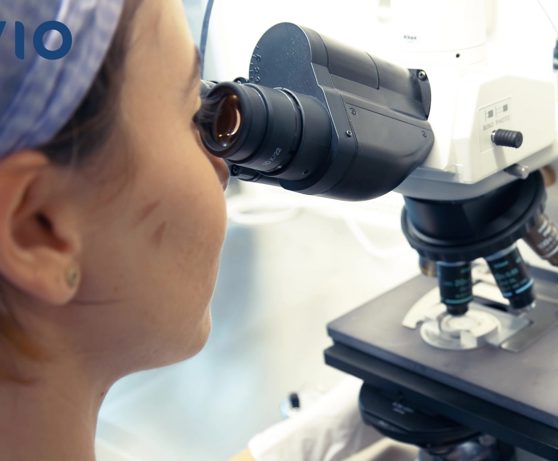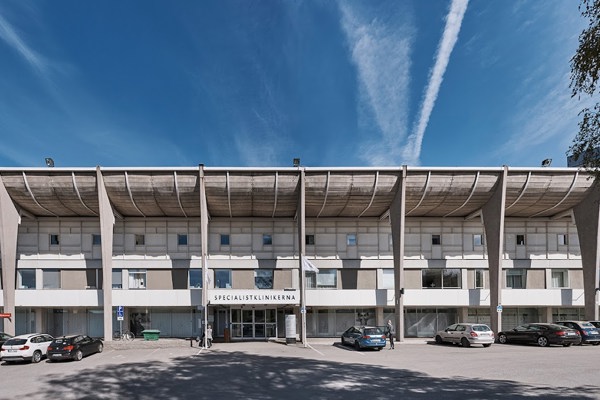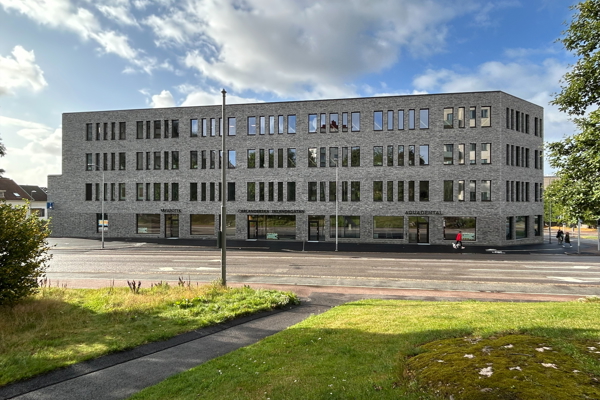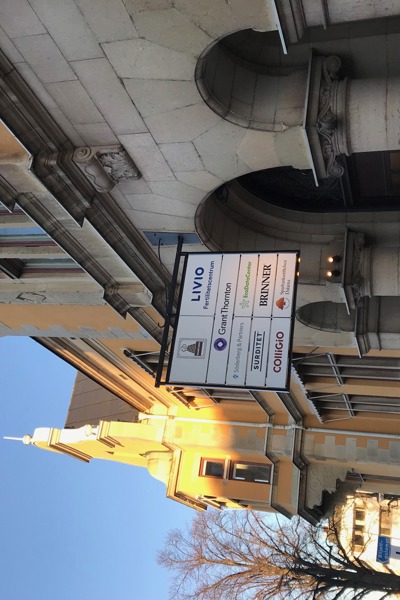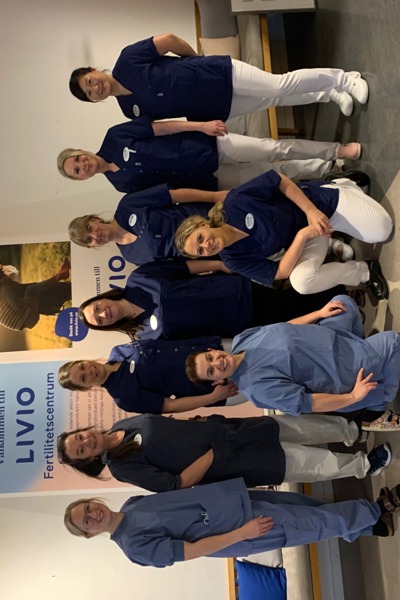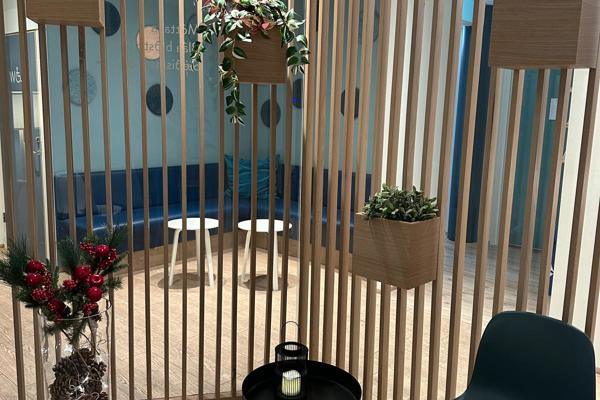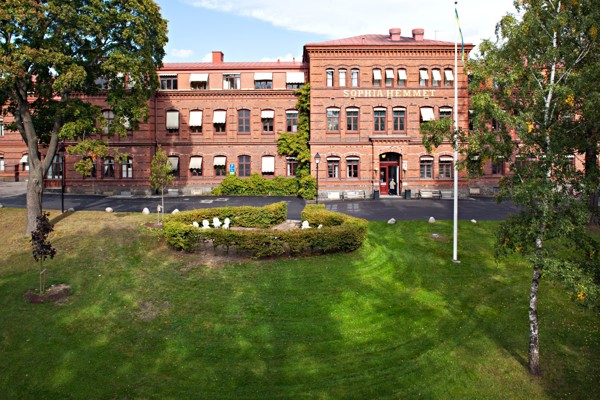What is embryo freezing?
Freezing embryos created during IVF (in vitro fertilization) is a common method in fertility treatment. Embryos of good quality after IVF or ICSI can be frozen and stored in liquid nitrogen. This makes it possible to use them at a later time, which can increase the chances of pregnancy without needing to undergo additional hormone stimulation and egg retrieval.
If several eggs are fertilized and develop into high-quality embryos during IVF treatment, they can be cultured further until day 5, when they reach the blastocyst stage. In such cases, it is valuable to be able to freeze the embryos that are not used immediately. These frozen embryos can be used if the first attempt does not result in pregnancy or if you wish to try for more children at a later time. By freezing embryos, you avoid having to repeat the entire process of stimulation and egg retrieval for each new attempt. This is especially useful if you want to try for siblings in the future or if pregnancy was not achieved on the first try. The embryos that have been frozen can then be thawed and used in a new treatment cycle.
Who is it for?
For women who are undergoing treatment that may have a long-term or permanent impact on their reproductive ability, we can offer freezing of fertilized eggs. These can be used for treatment at a later date.
The embryos may be stored for a maximum of ten (10) years and may only be used for this particular couple. However, an exemption for an extension of the freezing period can be applied for from the National Board of Health and Welfare
What are the benefits of embryo freezing?
For couples and women undergoing IVF treatment who obtain high-quality fertilized eggs, frozen embryos can later be used for additional treatment or attempts to have siblings. Women who are about to undergo medical treatments that will affect their fertility can undergo IVF and then freeze embryos for future attempts after completing their medical treatment.
Your Embryo Freezing Journey: step-by-step

Fertility Assessment
If a couple has been trying to conceive for one year (or 6 months if the woman is older than 35), it's appropriate to seek help. The first step is to undergo a fertility assessment. This assessment analyzes the woman's ovarian capacity through a vaginal ultrasound and AMH blood test, as well as the man's sperm count and quality. The most suitable treatment option is discussed with each couple, considering factors such as the duration of infertility, underlying causes, and the woman's age.

First Consultation
During the initial doctor's visit, a comprehensive review of your fertility assessment is conducted, including factors such as the woman's age, cause of infertility, previous treatments, lifestyle factors, and medical history. A gynecological examination with an ultrasound of the uterus and ovaries is also performed, and additional tests may be recommended if needed. Your future treatment plan is also discussed at this stage.

Hormone Stimulation
Treatment begins with hormone stimulation, planned and initiated with one of our midwives or nurses. The woman is stimulated with endogenous hormones (FSH) to encourage multiple follicles to grow. Daily injections start a few days into the menstrual cycle, which are easy to self-administer. After about 5-6 days of injections, an additional medication is given to prevent premature ovulation. The stimulation is closely monitored with ultrasounds, and when the follicles reach sufficient size, an injection is given to mature the eggs for fertilization. This process takes about two weeks.

Egg Retrieval and Fertilization
Eggs are retrieved from the woman's ovaries using vaginal ultrasound guidance, and the man provides a sperm sample that is prepared to select the best sperm. If the man has a good sperm count with good motility, standard IVF is performed where sperm and eggs are placed together in a dish for natural fertilization. In cases of reduced sperm quality, microinjection (ICSI) is performed.

Embryo Transfer
After 2-5 days, a fertilized egg (embryo) is transferred to the woman's uterus via a thin catheter inserted through the cervix. Surplus embryos of good quality can be cryopreserved for future use.
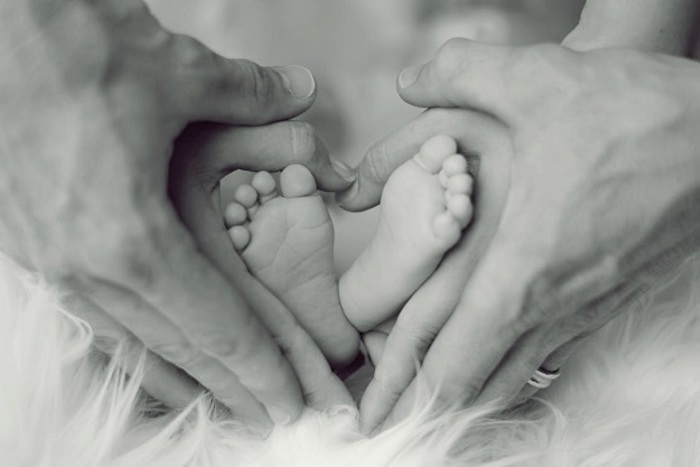
Our prices
An IVF treatment is an individual process. Therefore, it is also difficult to estimate the total cost of treatment leading to a pregnancy. Within the Livio group, we strive to maintain as consistent pricing as possible, but the varying conditions at different clinics may sometimes result in slight price differences from clinic to clinic. Please feel free to consult us, and we will guide you!
By completing this form you agree to be kept up to date with news, events, relevant research and promotions from Livio.
We take data very seriously and we want you to be clear how we store, manage and utilise your data throughout your journey with us. You can find more about how we will process and protect your data by reading our Privacy Policy.

Your funding options
In collaboration with Human Finans, Livio offers the possibility of advantageous loans and financing for your fertility treatment. For example, it is possible to take an interest-free loan for an IVF treatment and split the payment over 6 or 12 months.
You can contact Human Finans by phone at 08-560 201 15 or visit their website for more information and free advice.
The Livio clinics - your Nordic partner
Livio is the largest provider of fertility treatments in the Nordic countries with clinics in Sweden, Norway and Iceland. Our aim is to provide the highest quality fertility treatments and best results in the area of reproductive medicine.

